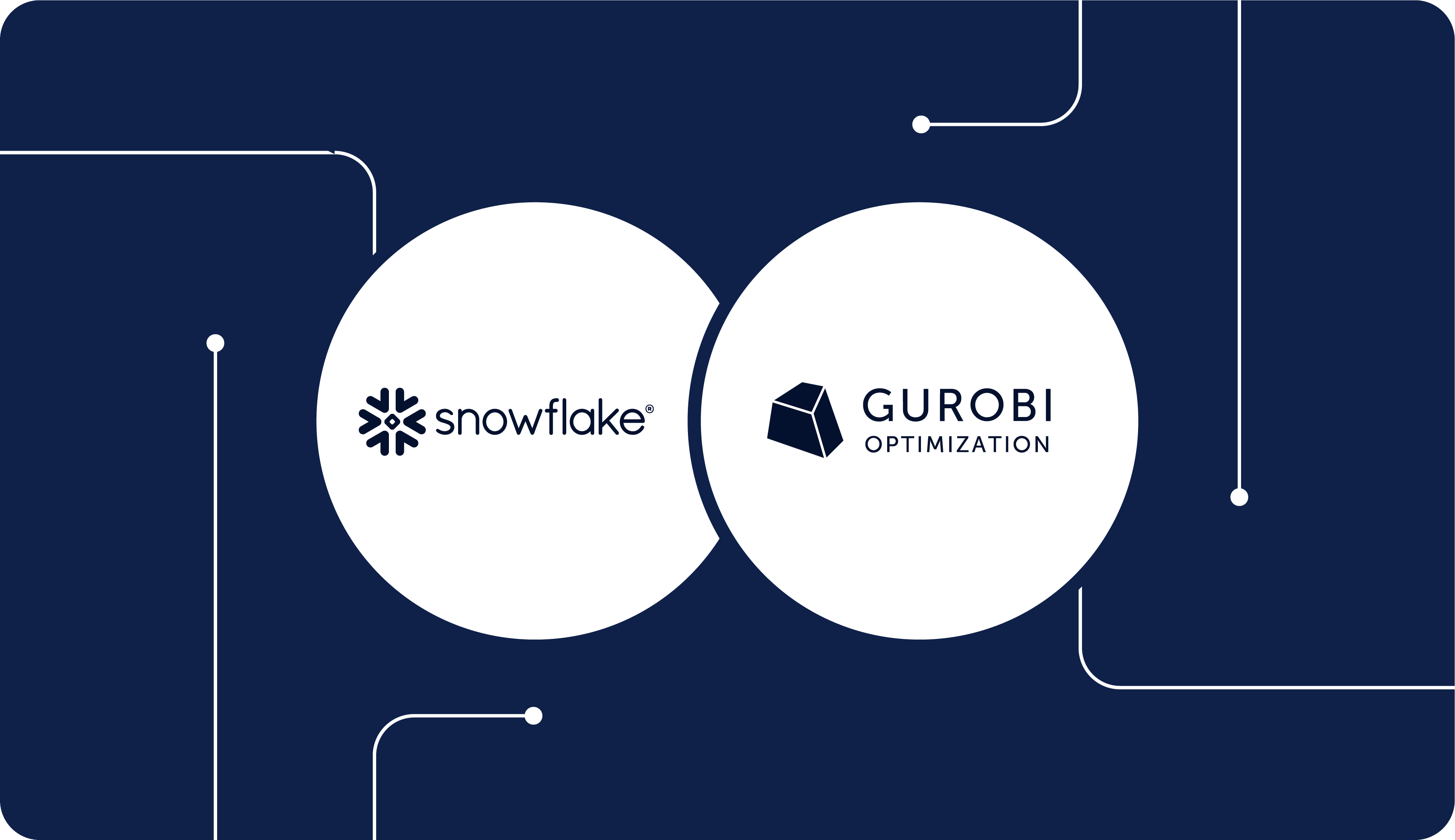
Optimization & Simulation

Throughput optimization maximizes the rate of materials progressing through the production process by making the best use of available resources. This need has never been more relevant to manufacturers than after the COVID-19 pandemic peak, as soaring demand and raw material shortages follow a period of reduced revenues. Manufacturers are now facing intense pressure to improve throughput without making significant capital investments in machinery. As a result, manufacturers are turning to cost-efficient digital throughput optimization strategies to increase profits, maximize machine efficiency, fulfill more customer orders, and deepen their competitive advantage.
Solutions for throughput optimization help answer the crucial question – “How can we achieve greater productivity using limited resources without compromising quality?”
Performing throughput optimization holistically balances improvements with other business-critical factors such as energy usage, quality, and profitability. Optimizing throughput or yield enables significant performance gains by leveraging powerful strategies to update production parameters continuously and transparently.
Understand, model, and virtually test the impact of changes to the production process. Field experiments and pilot plants are incredibly costly, but you can perform numerous virtual experiments at the click of a button. By running thousands of accurate models in a short amount of time, simulations impact throughput at a fraction of the cost.
Determine the right sequence, amount, and type of product that needs to be produced at any time. Correct product sequencing ensures that raw materials are being utilized effectively to reduce inefficiency and product defects. Ensuring not only that the ideal amount of product is made, but with optimized sequencing, you can run your plant effectively and increase throughput.
Proactively prevent equipment failures and other errors which have devastating impacts on production throughput. Equipment downtime reduces facility output and decreases machinery lifetime.
Perform throughput optimization by enhancing quality so that the fraction of rework and scrapped defective parts drops. Defective parts both increase waste as they must be discarded or reworked and reduce facility efficiency.
Pinpoint inefficiencies in and optimize complex production and operation networks. In such networks, inefficiencies are high, and making effective decisions is challenging due to the scale and non-intuitive interconnectedness of the system.
Create a digital twin, a virtual counterpart to a real-world process or object powered by the Internet of Things sensor data, simulations, and intelligent AI/ML (Machine Learning) algorithms. A digital twin can provide automated control and an unprecedented real-time ‘Control Tower’ view to decision-makers seeking to improve production performance. Digital twins also offer an environment where running tests and scenarios ensure maximum facility output.
To improve your production throughput to increase revenue and meet increasing demand, please contact us to learn more. At Aimpoint Digital, our data science, engineering, and analytics experts can implement the proper data infrastructure and models to solve your most pressing business problems.
Whether you need advanced AI solutions, strategic data expertise, or tailored insights, our team is here to help.